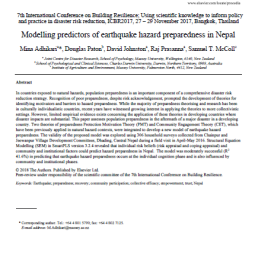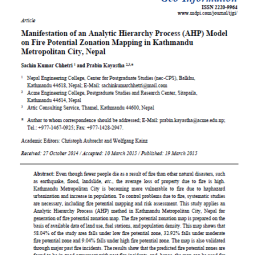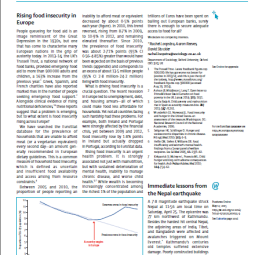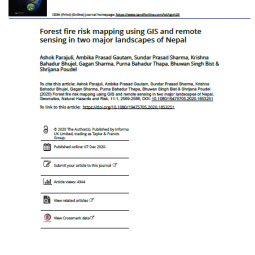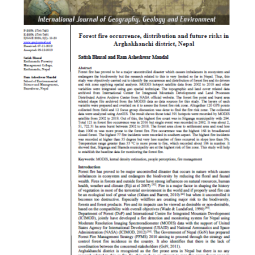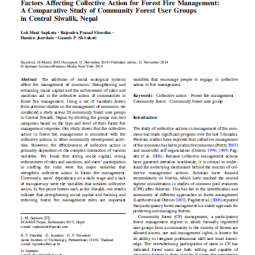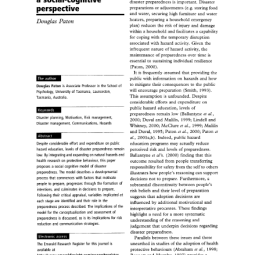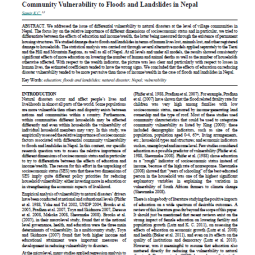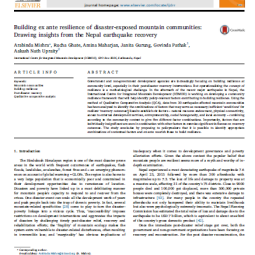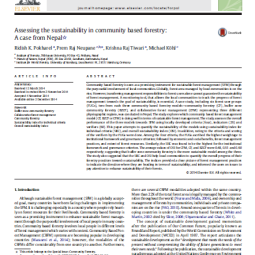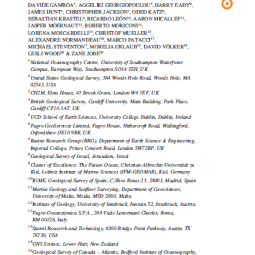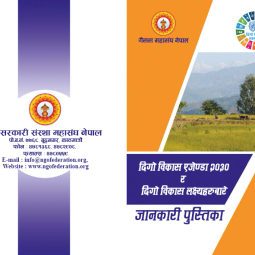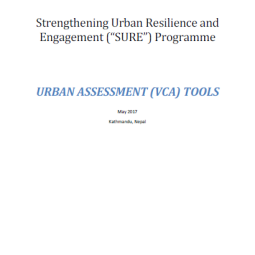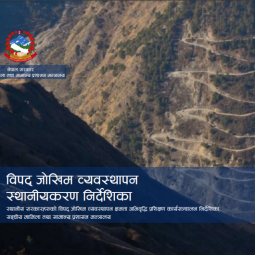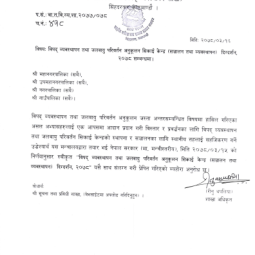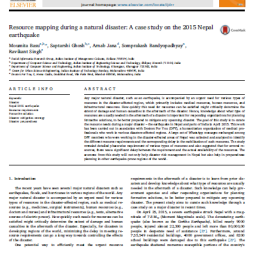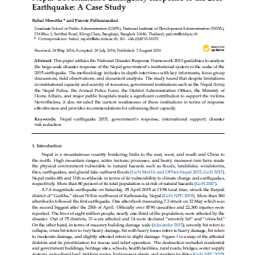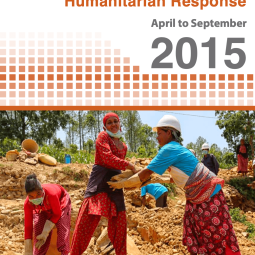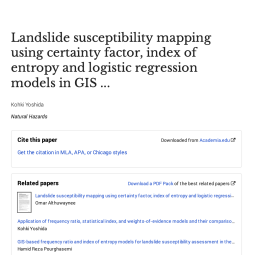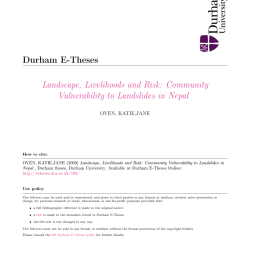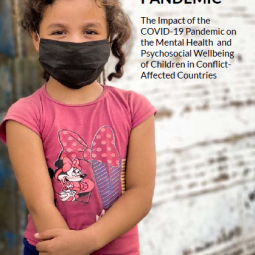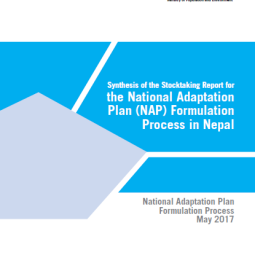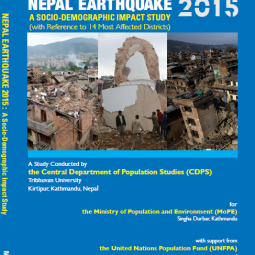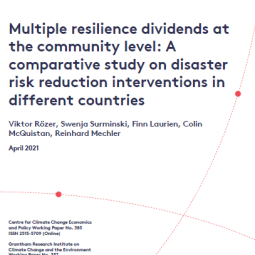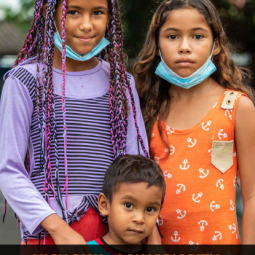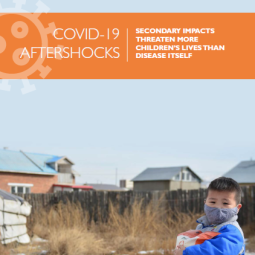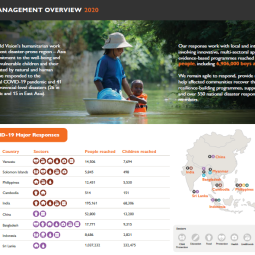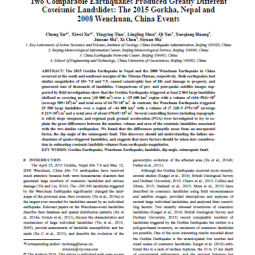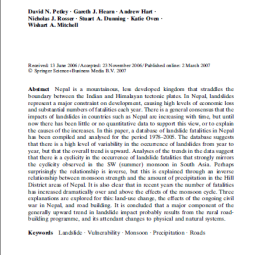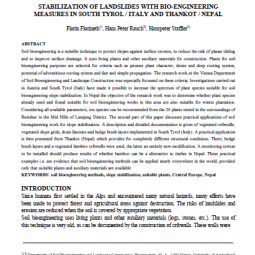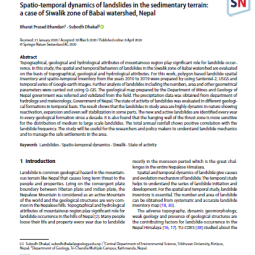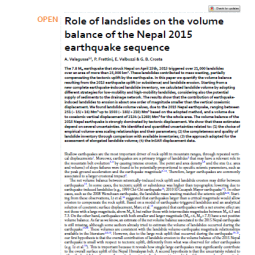List of loaded documents (361-1332 / 1831)
-
361. Modelling Predictors of Earthquake Hazard Preparedness in Nepal
-
362. Manifestation of an Analytic Hierarchy Process (AHP) Model on Fire Potential Zonation mapping in Kathmandu Metropolitan City, Nepal
-
363. Immediate Lessons from the Nepal Earthquake
-
364. Forest Fire Risk Mapping using GIS and remote sensing in two major Landscapes of Nepal
-
365. Forest fire occurrence, distribution and future risks in Arghakhanchi district, Nepal
-
366. Factors Affecting Collective Action for Forest Fire Management: A Comparative Study of Community Forest User Groups in Central Siwalik, Nepal
-
367. Disaster Preparedness: A social‐Cognitive Cerspective
-
368. Community Vulnerability to Floods and Landslides in Nepal
-
369. Building ex ante resilience of disaster-exposed mountain communities: Drawing insights from the Nepal earthquake recovery
-
370. Assessing the Sustainability in Community Based Forestry: A Case from Nepal
-
371. A consistent Global Approach for the Morphometric Characterization of Subaqueous Landslides
-
372. Sustainable Development Agenda 2030 and Sustainable Development Goals (दिगो विकास एजेण्डा २०३० र दिगो विकास लक्ष्यहरुबारे जानकारी पुस्तिका)
-
373. Urban Assessment (VCA) Tools
-
374. Disaster Risk Management Localization Manual (विपद् जोखिम व्यवस्थापन स्थानीयकरण निर्देशिका) Nepali
-
375. Disaster Management and Climate Change Adaptation Learning Centre (Operation and Management) Guideline, 2021
-
376. Resource Mapping During a Natural Disaster: A Case Study on the 2015 Nepal Earthquake
-
377. Nepal Government's Emergency Response to the 2015 Earthquake: A Case Study
-
378. Nepal Earthquake Humanitarian Response
-
379. Landslide Susceptibility Mapping using Certainty factor, Index of Entropy and Logistic Regression models in GIS
-
380. Landscape, Livelihoods and Risk Community Vulnerability to Landslides in Nepal
-
381. The Silent Pandemic: The Impact of the COVID-19 Pandemic on the Mental Health and Psychosocial Wellbeing of Children in Conflict- Affected Countries
-
382. Synthesis of the Stocktaking Report for the National Adaptation Plan (NAP) Formulation Process in Nepal
-
383. Nepal Earthquake 2015: A Socio-Demographic Impact Study (with Reference to 14 Most Affected Districts)
-
384. Multiple Resilience Dividends at the Community Level: A Comparative Study on Disaster Disk Reduction Interventions in Different Countries
-
385. High Risk-Low Priority: Why Unlocking COVID 19 Vaccine Access for Refugees and Internally Displaced Communities is Critical for Children
-
386. Disaster Risk Assessment and Management
-
387. Disaster Governance in the Asia-Pacific: Future Pathways for South and Southeast Asia
-
388. COVID-19 Aftershocks: Secondary impacts threaten more children's lives than disease itself
-
389. COVID-19 Aftershocks: Deadly Waves
-
390. Asia-Pacific Disaster Management Overview 2020
-
391. DRONE Related Action Plan
-
392. Two Comparable Earthquakes Produced Greatly Different Coseismic Landslides: The 2015 Gorkha, Nepal and 2008 Wenchuan, China
-
393. Trends in Landslide Occurrence in Nepal
-
394. Stabilization of Landslides with Bio-engineering measures in south Tyrol / Italy and Thankot / Nepal
-
395. Spatio-temporal Dynamics of Landslides in the Sedimentary Terrain: A Case of Siwalik zone of Babai watershed, Nepal
-
396. Role of Landslides on the Volume Balance of the Nepal 2015 Earthquake Sequence
